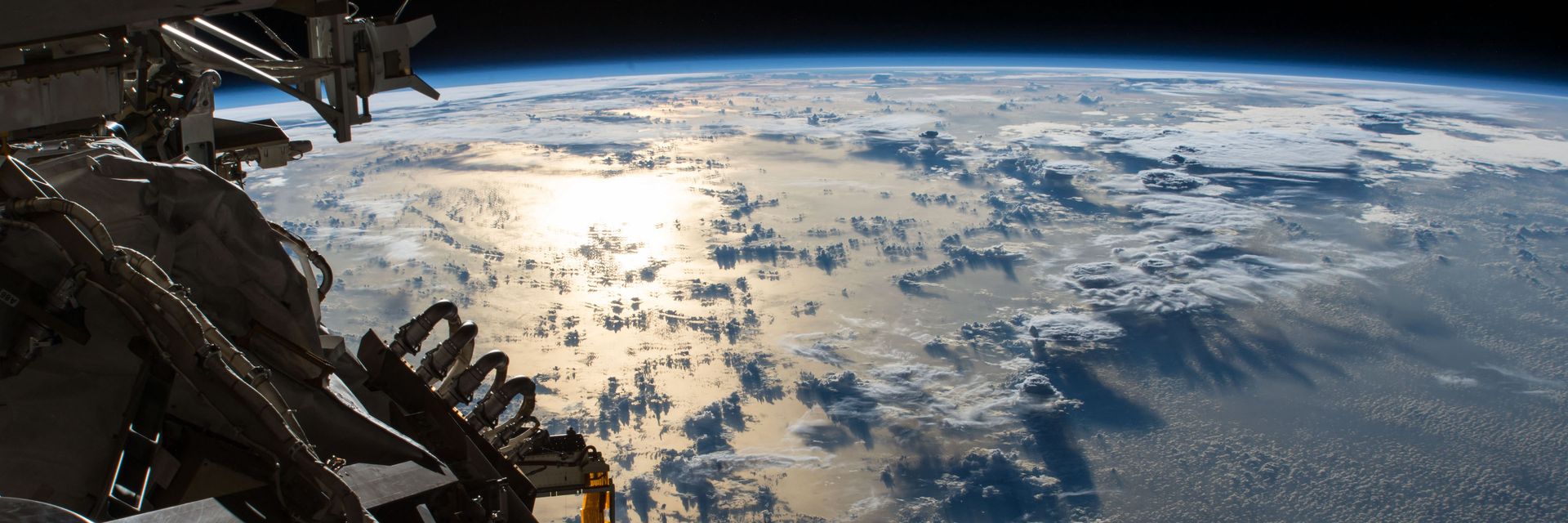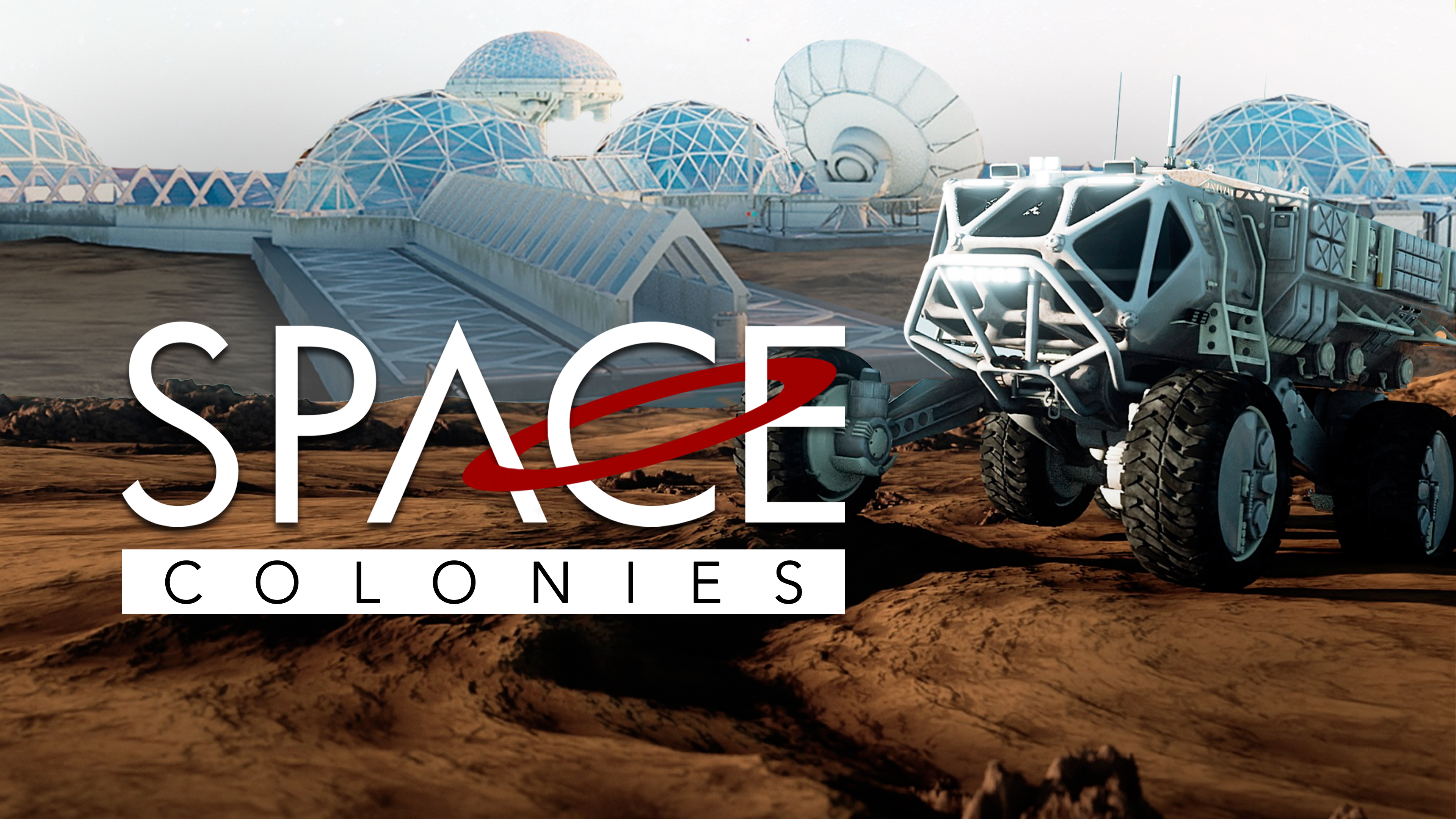NASA has launched a new space race for American companies to see who’ll be the first to establish a sustained presence in lower Earth orbit, or first since 1972 to get a crew of humans to the surface of the Moon and safely home.
◊
With a few swift clicks on my keyboard, I’ve just signed up to become an astronaut! And the good – if somewhat fantastical – news is that you can become one too. That is, if you’re willing to pay the price.
With the rapidly approaching commercialization of outer space, specifically the region between Earth and the Moon, a number of companies have opened the door to private astronauts. Why go through the hoops and hurdles to become a NASA astronaut when you, like Larry Connor, who was 71 years old when he visited the International Space Station (ISS), can undergo several weeks of training and rocket 250 miles above home?
Did I mention there’s a price? Sit down for this. According to reports, Connor and the other thrill-seeking private astronauts who’ve visited the I.S.S. since 2022 courtesy of Axiom Space each paid $55 million for the opportunity to sleep in zero gravity for eight nights.
If you don’t quite have that kind of dough lying around in your savings account, U.K. mogul Sir Richard Branson has a relatively economical alternative. For a price that now starts at $450,000 and may soon go as high as $1 million per seat, you can secure a ride on Branson’s Virgin Galactic “spaceplane” and get a brief taste of zero-G during a flight to the Kármán Line, denoted as the “edge of space” 62 miles above Earth. This is the ride I signed up for, and someday, when the company works its way through its backlog, I’ll get the chance to make a reservation and put up the first installment of two payments, a mere $225K.

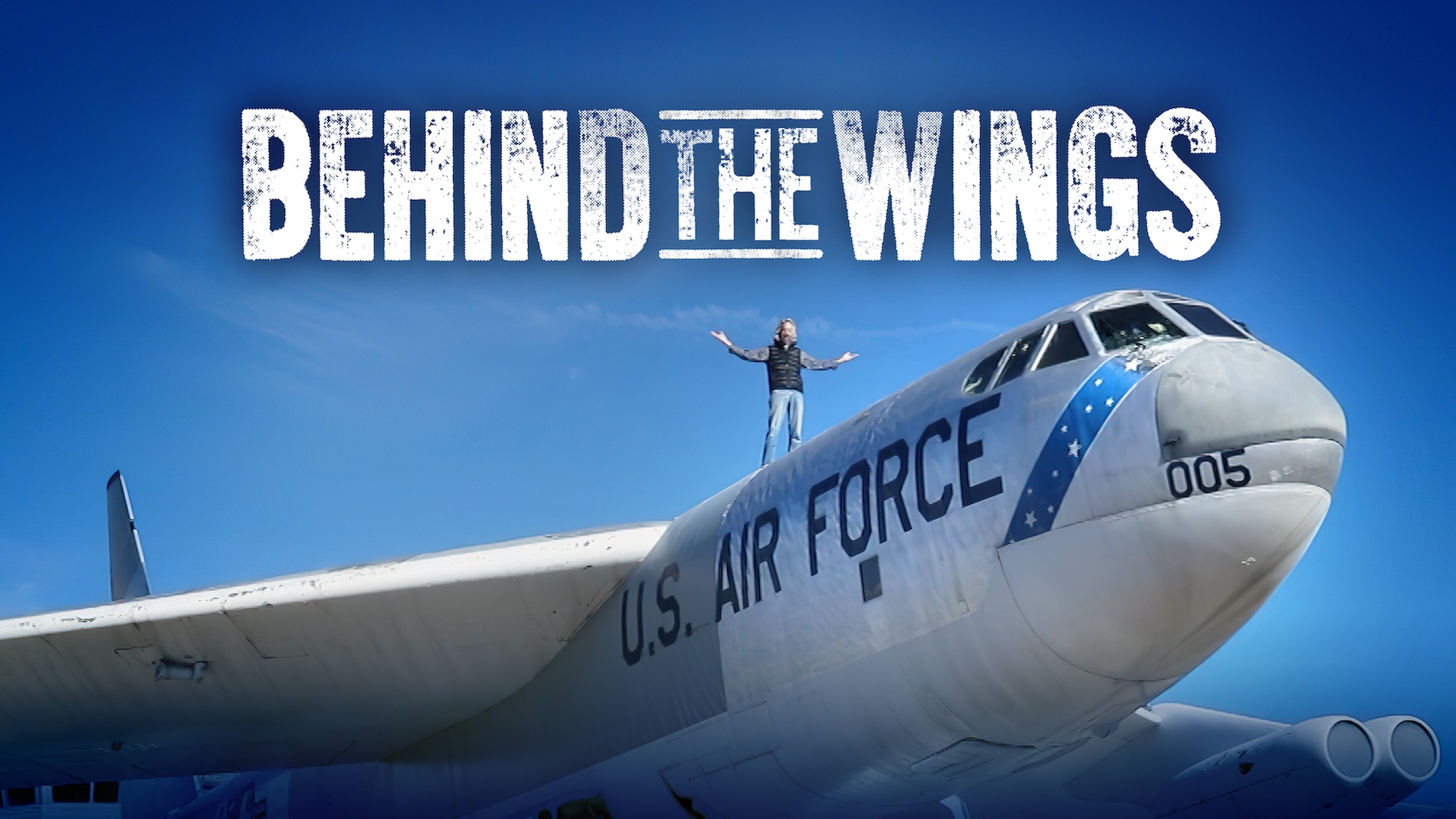 Watch MagellanTV's Wings Over the World for behind the scenes looks at some of history's most iconic aerospace treasures.
Watch MagellanTV's Wings Over the World for behind the scenes looks at some of history's most iconic aerospace treasures.
Who’ll Be First to Create the ‘New Space Economy’?
How did we get to this place, where America’s National Aeronautics and Space Administration (NASA) launched a new space race to create a “commercial space economy” by offering contracts to private U.S. companies? Perhaps a little history is in order.
NASA was formed in 1958 to manage the American efforts in the historic Space Race against the Soviet Union to land men on the Moon. That race was ultimately “won” by the U.S. when Apollo 11 astronauts Neil Armstrong and Buzz Aldrin were first to set foot on the lunar surface in 1969. The last time anyone visited the Moon was in 1972, but the competition in space between the U.S. and U.S.S.R. (now Russia) continued. Eventually the two nations cooperated with other countries on the ISS, with Russia providing transportation back and forth. In any case, until recently, space programs were non-commercial affairs monopolized by the governments of the countries involved.
Things changed dramatically at the start of the 21st century. Until then, NASA contracted with traditional aerospace contractors like Boeing and Rockwell International to provide the rockets and satellites and other hardware it needed for missions. However, the space agency now more often collaborates with private companies in these efforts. NASA’s Commercial Crew Program has contracted with more than a dozen contenders to provide spacecraft either for lunar orbiting and landing or for projects in lower Earth orbit (LEO). While NASA still leads efforts to move to targets beyond the Moon, such as Mars, Venus, and asteroids, they have largely ceded control of LEO and landings on the Moon to commercial American firms.
U.S. companies are working at supersonic speed on plans to get into outer space. We know about the big billionaire energy that has manifested in endeavors such as Jeff Bezos’s Blue Origin and Elon Musk’s SpaceX. But there are numerous other firms – not all helmed by headline-grabbing mega-rich investors – that are set on muscling in on this newest frontier in the race for American corporations to establish and operate a “new space economy.”
In 2011, NASA retired its Space Shuttle Program, opening the path only two years later for private companies to launch replacement shuttle programs, including SpaceX, Northrop Grumman, and newcomer Sierra Space. The first two are operational now, and Sierra Space is actively testing its Dream Chaser spaceplane to join its fellow NASA contract-holders later in 2024 when the uncrewed cargo spaceplane will launch its demonstration mission.
In addition to China, which operates its own space station already, other countries with plans for lower Earth orbit space include Russia, India, Japan, Israel, and Canada.
These projects aren’t just “planned” or “tentative” any longer. They are game on.
Two Tiers Among Space Contenders: Lunar and LEO
Companies are advertising now for private individuals to join commercial astronaut teams to journey to lower Earth orbit (LEO) – Virgin Galactic is just one among them. And these companies are thriving. With Branson’s wait list indefinitely long, his company has raked in a massive amount of money, to the tune of approximately $80 million in deposits, from would-be spaceplane passengers.
That’s quite impressive for a non-U.S. entity, but it pales next to the sums that have been granted directly from NASA to American companies under contract to deliver (a) a shuttle capable of docking with a space station; (b) a space station to replace the I.S.S., which will be retired from service in the early 2030s; or (c) the real big-ticket item, a craft capable of delivering cosmic travelers to the surface of the Moon and back.
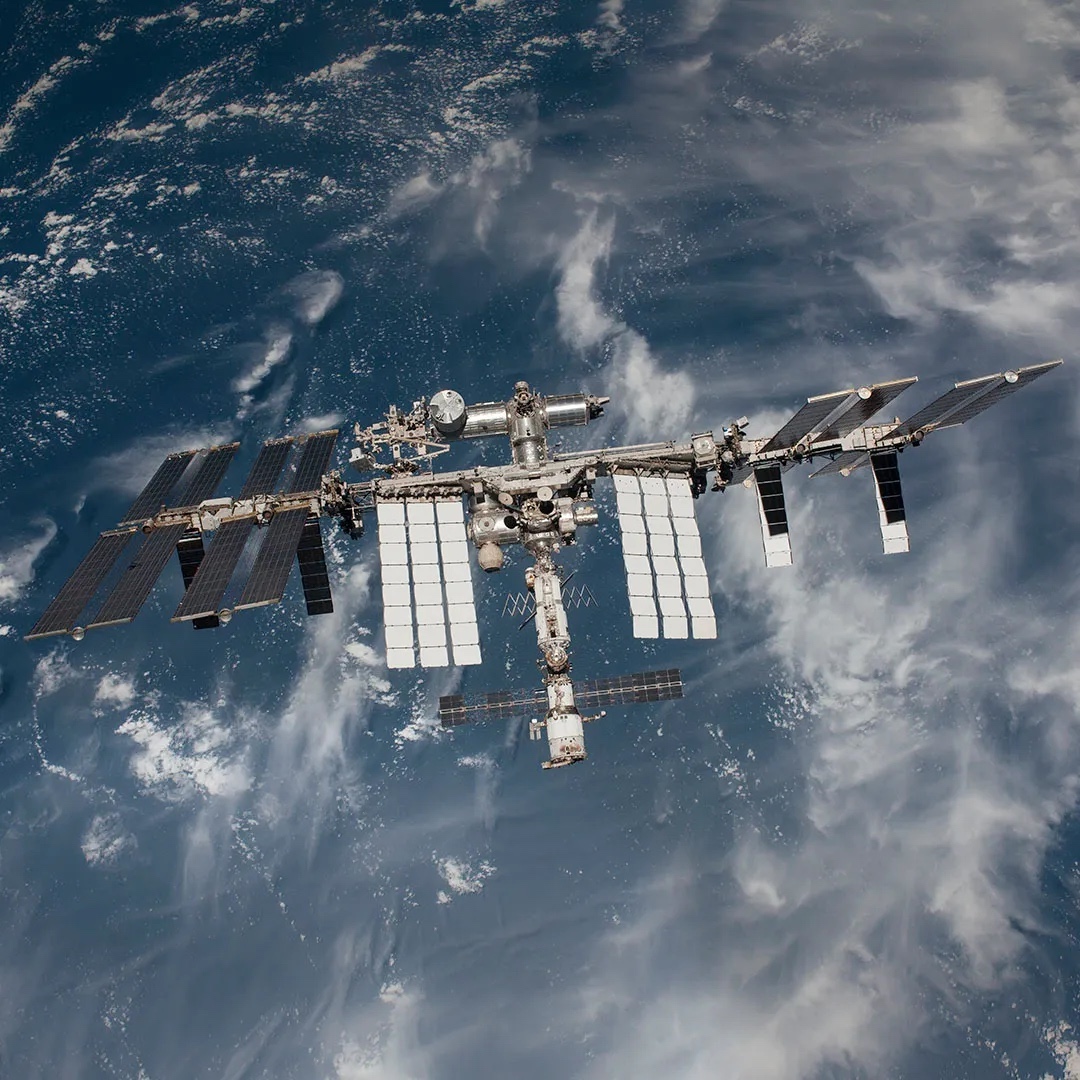
The International Space Station in lower Earth orbit (Credit: NASA)
Boeing, along with Elon Musk’s SpaceX, which are contracted to deliver space vehicles through NASA’s Artemis program, have received the most funding from NASA, $4.82 billion for the former and $3.144 billion for the latter. Other significant but smaller grants have gone to these companies:
- Sierra Space, a division of the Sierra Nevada Corporation, has received $363.1 million for its projects to develop systems to transport U.S. crews to and from the space station, and to build its own space station, the “Orbital Reef,” in collaboration with Jeff Bezos’s Blue Origin.
- Blue Origin, which has received $25.6 million from NASA, plans to establish a commercial space station with Sierra Space and is working on a lunar lander for the Artemis program.
- United Launch Alliance received $6.7 million for LEO crew transportation capabilities.
- Paragon Space Development Corporation received $1.4 million for commercial crew and cargo craft.
So you see, it’s not just a few well-known billionaires getting into the act in outer space; there are a number of established and new firms lining up to get a piece of the action. But how are they doing in their quest to commercialize space? Well, that’s quite another story.
A Slowdown to Reach the Moon with a Crew?
NASA announced in early January 2024 that, due to mounting “technical hurdles,” both of its upcoming crewed lunar missions would be delayed by at least a year. These would have been the first crewed launches to the Moon in over half a century. Lockheed Martin’s Orion crew capsule failed stress tests, and the Artemis program’s initial Moon landing has been pushed back to allow SpaceX to do more testing and development.
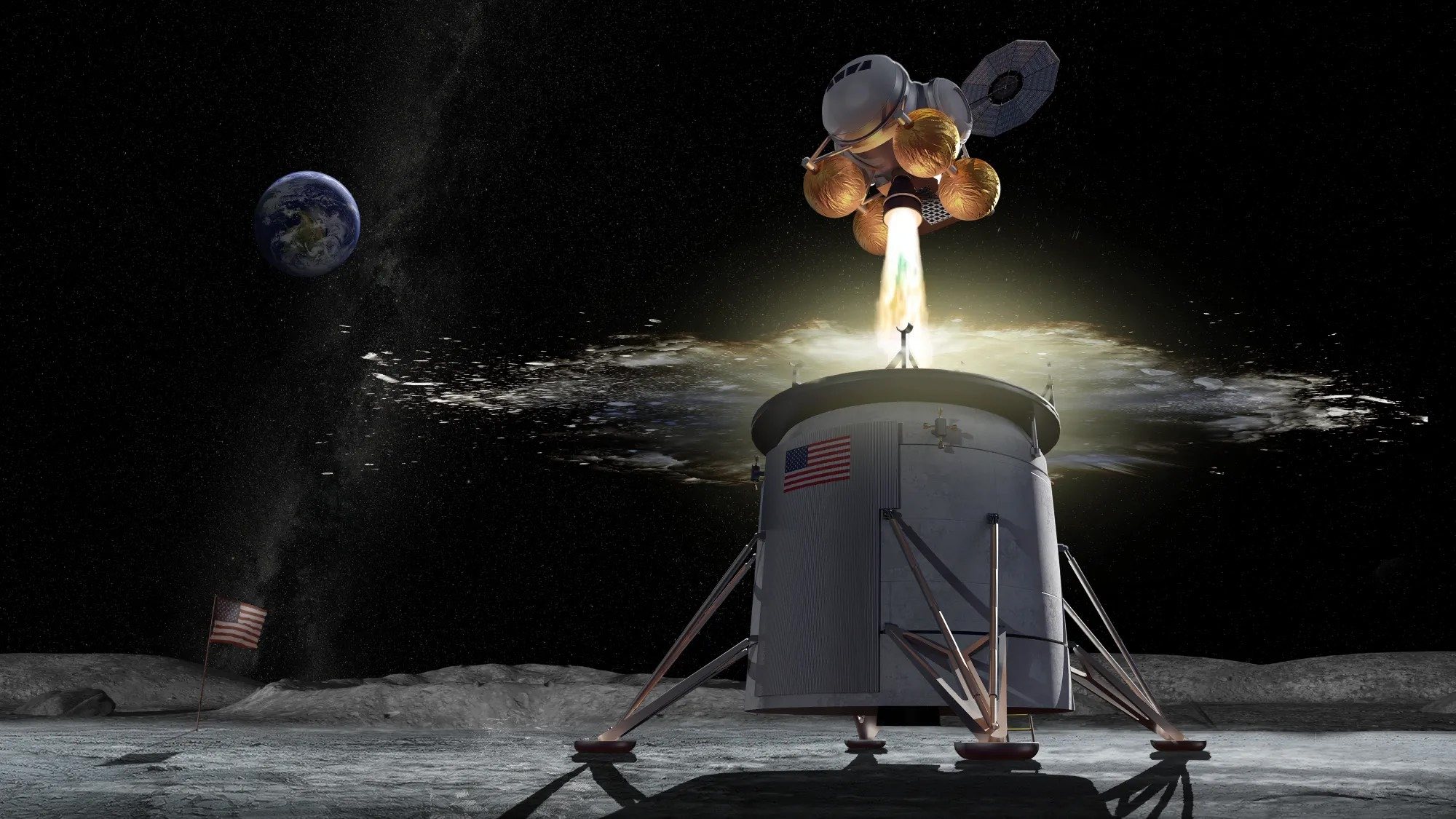
Artist’s rendering of an ascent vehicle separating from a descent vehicle and departing the lunar surface (Credit: NASA)
There is even talk that NASA is considering plans to move the first crewed missions back and insert two more uncrewed missions into the schedule, giving these companies more time and experience to work out the kinks of crewed lunar travel. New target dates have yet to be announced.
When NASA retires the ISS in the next decade, there may be as many as three new American space stations ready to take its place. Is it the destiny of LEO, this close-in region of space, to be in service to science and humanity, or to billionaire space cowboys and their ever-expanding personal fortunes? Who “deserves” to experience outer space and vacation on other worlds? Is expanding the world’s growing divide between the super-rich and the not-so-rich into lower Earth orbit a good thing? When does exploration devolve into exploitation?
See what life's likely to be like when humans colonize other worlds in MagellanTV's Space Colonies.
Who’s Likely to Win the New Space Race?
One person, at least, sees a different course. Rachel Lyons, executive director of Space for Humanity, is determined to make voyages into space accessible for more than just the wealthiest. S4H, as the organization terms itself, is endeavoring to “democratize” space by working with some of the biggies of space travel – Blue Origin and Virgin Galactic, as well as smaller firms – to obtain seats on private space flights for people from diverse backgrounds who lack the financial resources to purchase a ticket. S4H has succeeded so far in getting two private astronauts onto space flights to experience “the Overview Effect”: In the past few years, S4H sent the first woman from the African continent and first Mexican-born woman to space through its high-profile collaborations.
Will Boeing or SpaceX be first to successfully launch astronauts into moon orbit through the Artemis program? Will one of those companies be first to host Americans in a commercial space station, or will a relative newcomer like Sierra Space, in league with Blue Origin, win that race? Time will tell.
One thing is clear, though: Whoever wins the U.S. competition to be first – either with a solution for LEO or a moon lander to deliver astronauts to the Moon and back – it won’t be the American people. Despite their claims to be in it, like NASA, for science and the benefit of humanity, commercial enterprises now testing solutions are basically in it for profit and power. That’s how the new space race has been set up, and that’s how it is certain to play out.
This gets me back to my somewhat aspirational quest to view Earth from a spaceplane. Frankly, I don’t see myself spending nearly half a million dollars for a zero-G experience that lasts 5 minutes. So, unless S4H’s Rachel Lyons wants to go to bat for me – and until the kinks of getting crewed ships into space are smoothed out – I think I’ll be staying firmly grounded on my home planet.
Ω
Kevin Martin is Senior Writer and Associate Editor for MagellanTV. Having had a long career as a journalist and communications specialist, he writes on various topics, many in the areas of Art and Culture, Current History, and Space and Astronomy. He is the co-editor of My Body Is Paper: Stories and Poems by Gil Cuadros (forthcoming from City Lights). He resides in Glendale, California.
Title Image: The International Space Station orbiting over the International Date Line. (Source: NASA)
